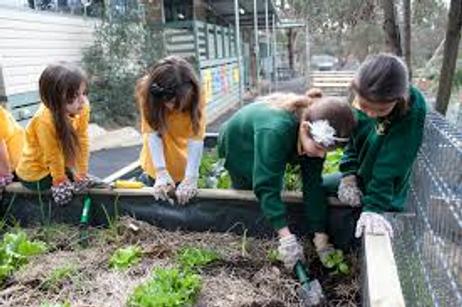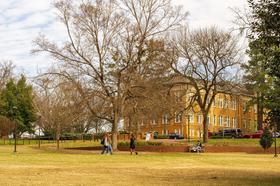More than Academics: How Well Public Schools Provide Emotional Support
Children and adolescents arrive at today’s public schools with a wide range of special needs. Some students struggle with depression and anxiety, while others face the difficult task of living with parents who are not financially or emotionally stable. Schoolyard bullies may plague children or may be upset by their parent’s divorce or remarriage.
A recently released national poll aims to examine how well public schools provide support to students with emotional, behavioral, or family problems. Recognizing that in an era of large-scale budget cuts, programs that provide emotional support to students are in danger of being cut, the University of Michigan’s C.S. Mott Children’s Hospital National Poll on Children’s Health set out to examine how many of our nation’s public schools currently make the grade when it comes to emotionally supporting their students.
In this video, Aukeem Ballard, a teacher at Summit Preparatory Charter High School in Redwood City, CA, discusses the power of mentors in his life and career, comparing having a mentor to standing on the shoulders of giants.
The Study’s Findings
The study asked parents of students from both primary and secondary public schools to give their students’ schools a grade of A through F on three different criteria:
- Providing a Good Education – 83% of parents of primary school students and 75% of parents of






















